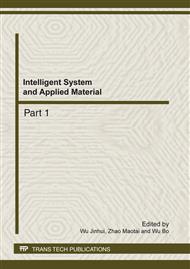p.1290
p.1295
p.1300
p.1305
p.1310
p.1315
p.1320
p.1325
p.1329
Personalized Mobile Sensing System Development for Emerging Electric-Drive Vehicles
Abstract:
Emerging green-energy cyber-physical systems (CPS), in particular electric-drive vehicles (PHEV, HEV, and EV), have demonstrated great potentials to significantly reduce greenhouse gas emissions and the ever-growing dependence on foreign oil. Few studies have focused on the user-specific driving behavior and its significant impact on electric-drive vehicles fuel efficiency, battery system life-cycle and the environment. This paper presents a personalized mobile sensing system development for the emerging green-energy CPS, which captures user’s run-time driving behavior and characterizes its impact on (P)HEV operations. The proposed sensing computing system has been deployed in a number of PHEVs and HEVs, with user studies of four different drivers and over 150 driving trips under various road and traffic conditions. Using the extracted real-world hybrid vehicle and user driving data, we have conducted detailed analytical studies of users’ specific driving patterns and their impacts on hybrid vehicle electric energy and fuel efficiency.
Info:
Periodical:
Pages:
1310-1314
Citation:
Online since:
February 2012
Price:
Сopyright:
© 2012 Trans Tech Publications Ltd. All Rights Reserved
Share:
Citation:


